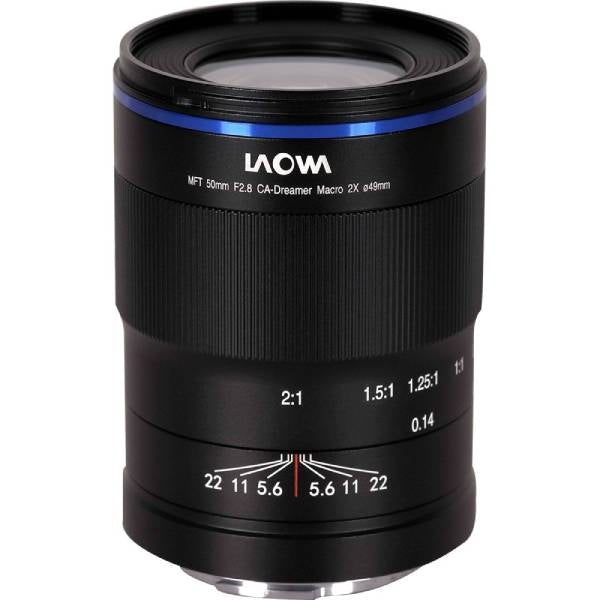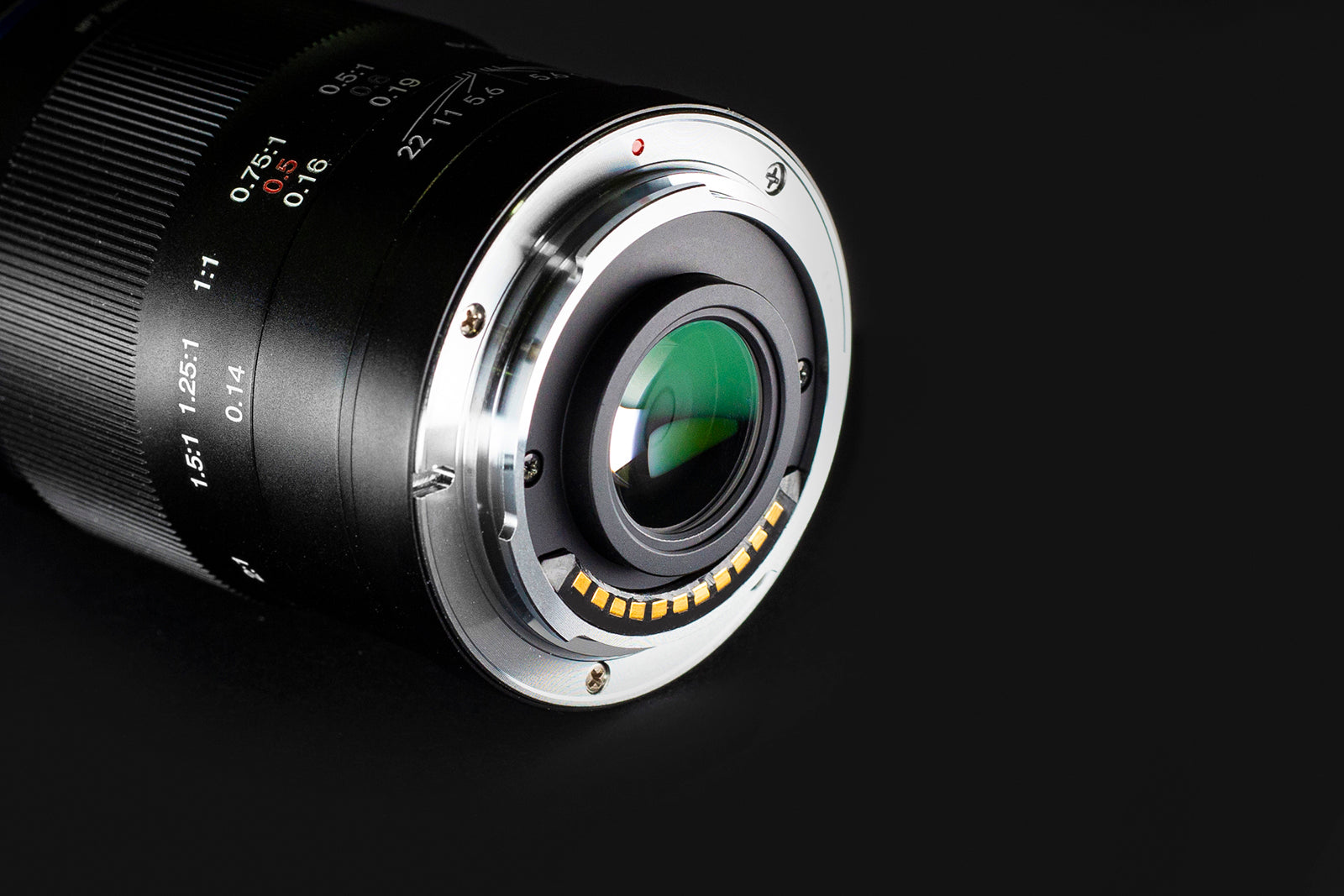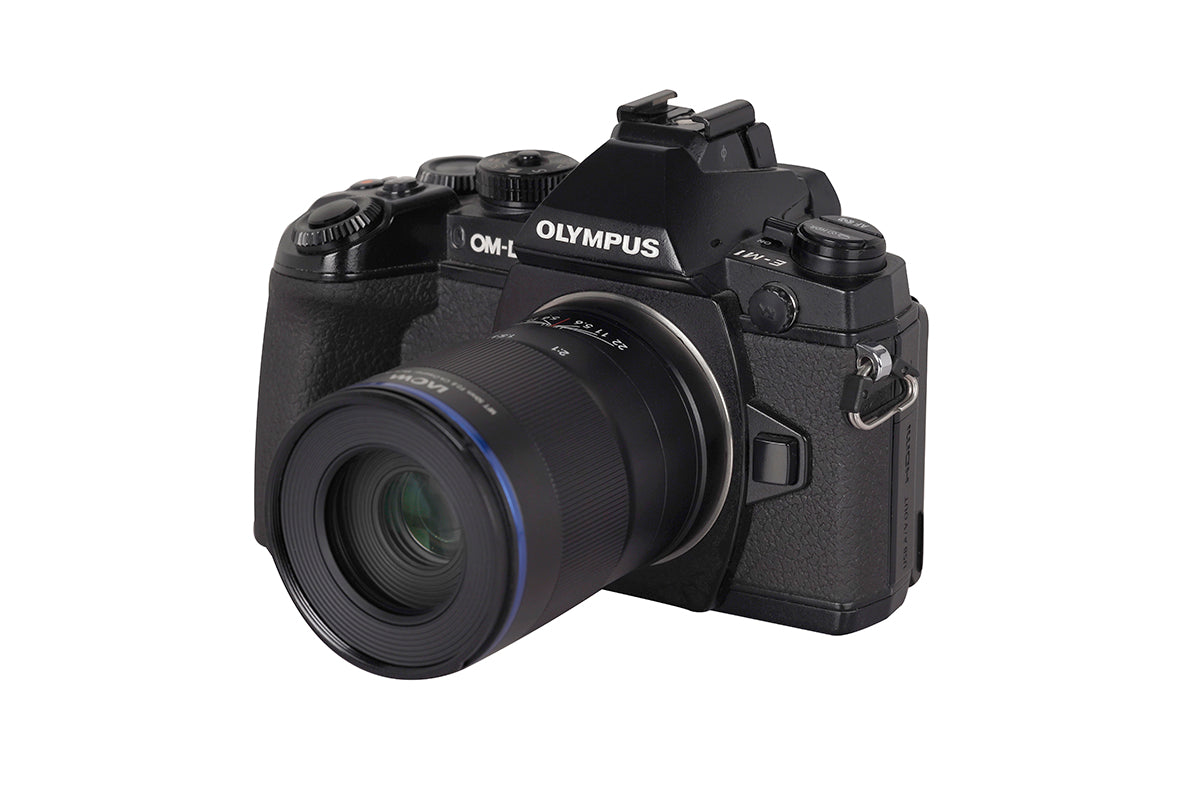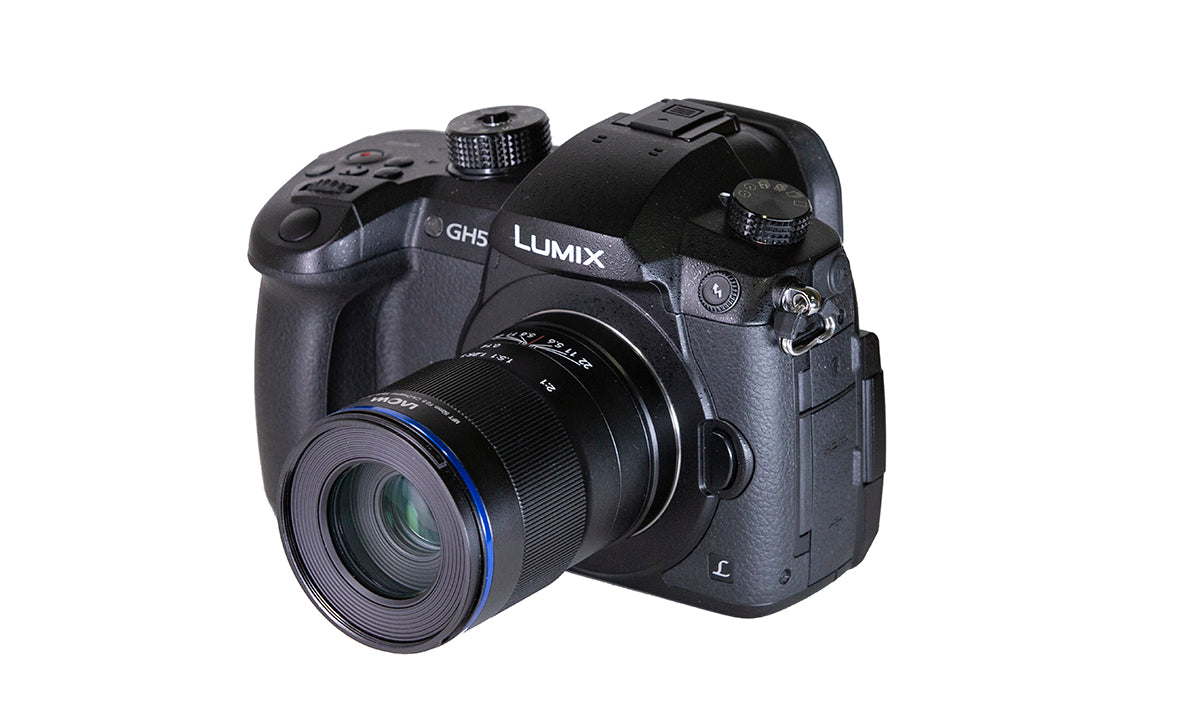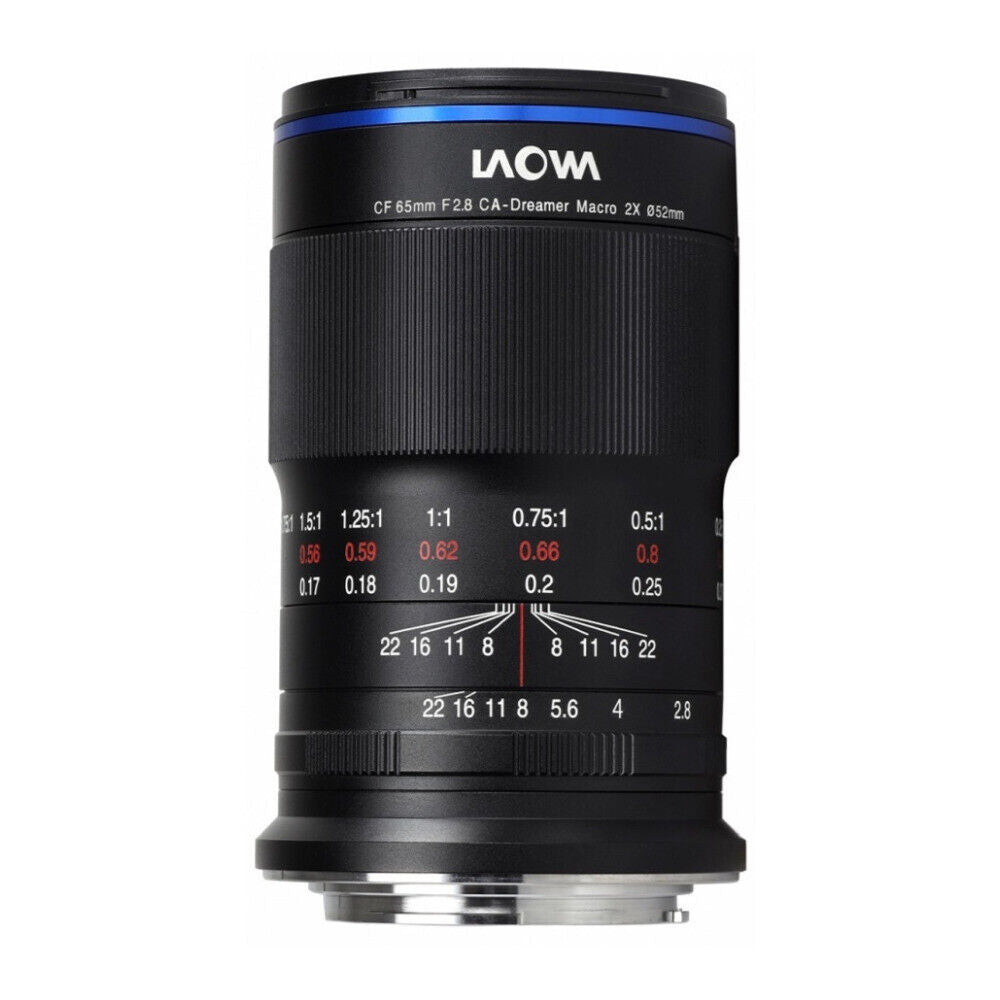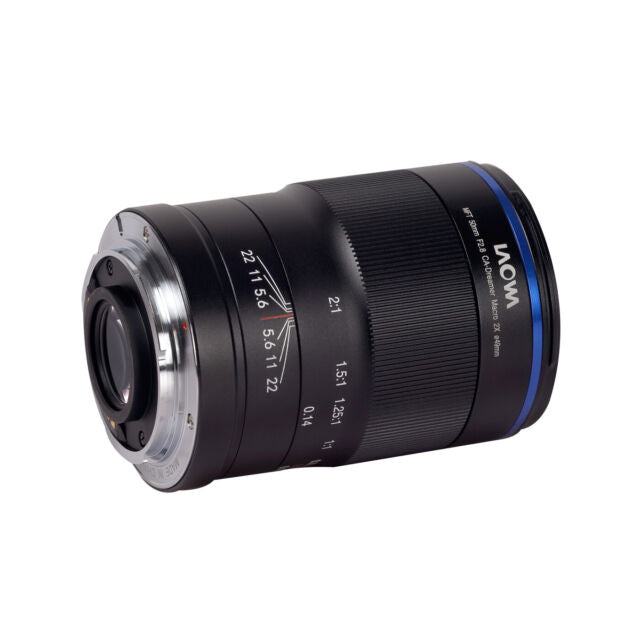Product Description
Laowa 50mm f2.8 2X Ultra Macro APO Lens - Micro Four Thirds MFT
The Laowa 50mm f2.8 2X Ultra Macro APO is the first lens with 2:1 maximum magnification being optimised for Micro Four Thirds (MFT) cameras. It is equipped with an apochromatic (APO) design in which the chromatic aberration is eliminated. The built-in chip and motor allows the aperture to be adjusted via the camera body. The compactness and lightweight also make this an ideal choice for macro and outdoor photography.

World’s first lens with 2:1 magnification & APO design for M4/3 cameras

Maximum 2x Magnification
Unlike most of the MFT macro lenses in the market which can focus only up to 1X, the new Laowa 50mm macro lens offers a 2X maximum magnification ratio along with a minimum focusing distance of 5.3” (13.5cm). It is the first lens ever designed with a 2X magnification for MFT cameras.

Photographers can take advantage of the extended magnification range to tackle all kinds of photography scenarios. The lens can focus to infinity and serve as an excellent portrait lens with its 100mm equivalent field of view on 35mm sensors.
 Ⓒ Richard Wong
Ⓒ Richard Wong



Automatic Aperture
Being equipped with a CPU chip and motor, the aperture can be adjusted via the camera body. The focus magnifier would automatically be enabled when rotating the focus ring, for easier focus control. The lens data can also be recorded on EXIF.

Apochromatic optical (APO) design
An apochromatic (APO) design has been adopted and therefore the chromatic aberration at both in-focus and out-of-focus areas is controlled to the minimum in its class. It greatly improves the sharpness, clarity and colour accuracy of photos.

Compact & Light
The 50mm lens is extremely compact and light in weight. It measures 3.1” (79mm) long and weighs only around 8.4oz (240g). It would be the perfect set up for outdoor shooting.

Optimised for Micro Four Thirds cameras
With the success of the Laowa 65mm f/2.8 2x Ultra macro APO launched earlier for APS-C cameras, the new 50mm lens is specially developed for MFT mirrorless camera users and it can be used on MFT cameras from Panasonic, Olympus, BMPCC 4K, etc.
Sample Photos


© Nicky Bay

© Paul Harcourt Davies

© Paul Harcourt Davies

Ⓒ Richard Wong

Ⓒ Don Komarechka

Ⓒ Jimmy Chan

